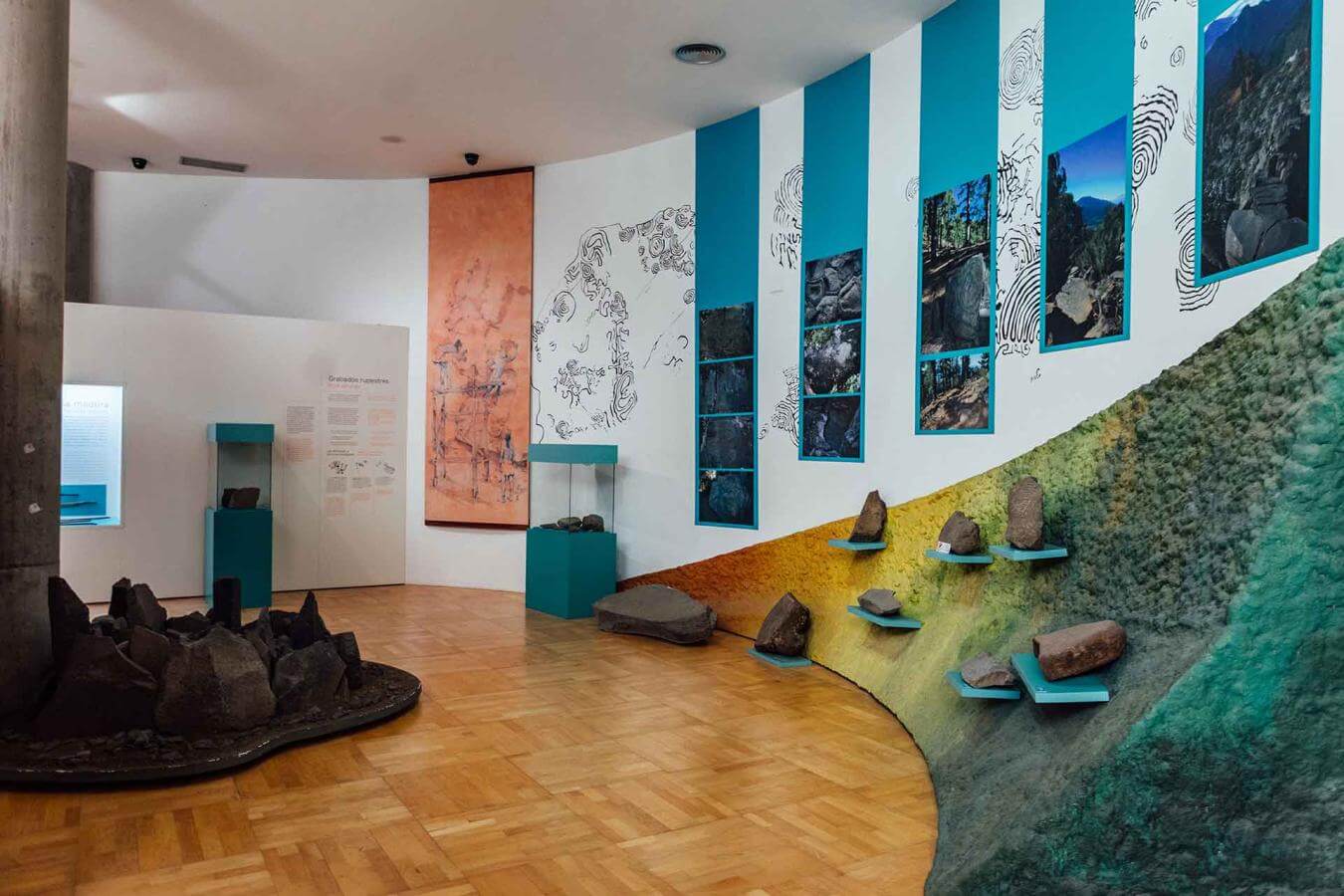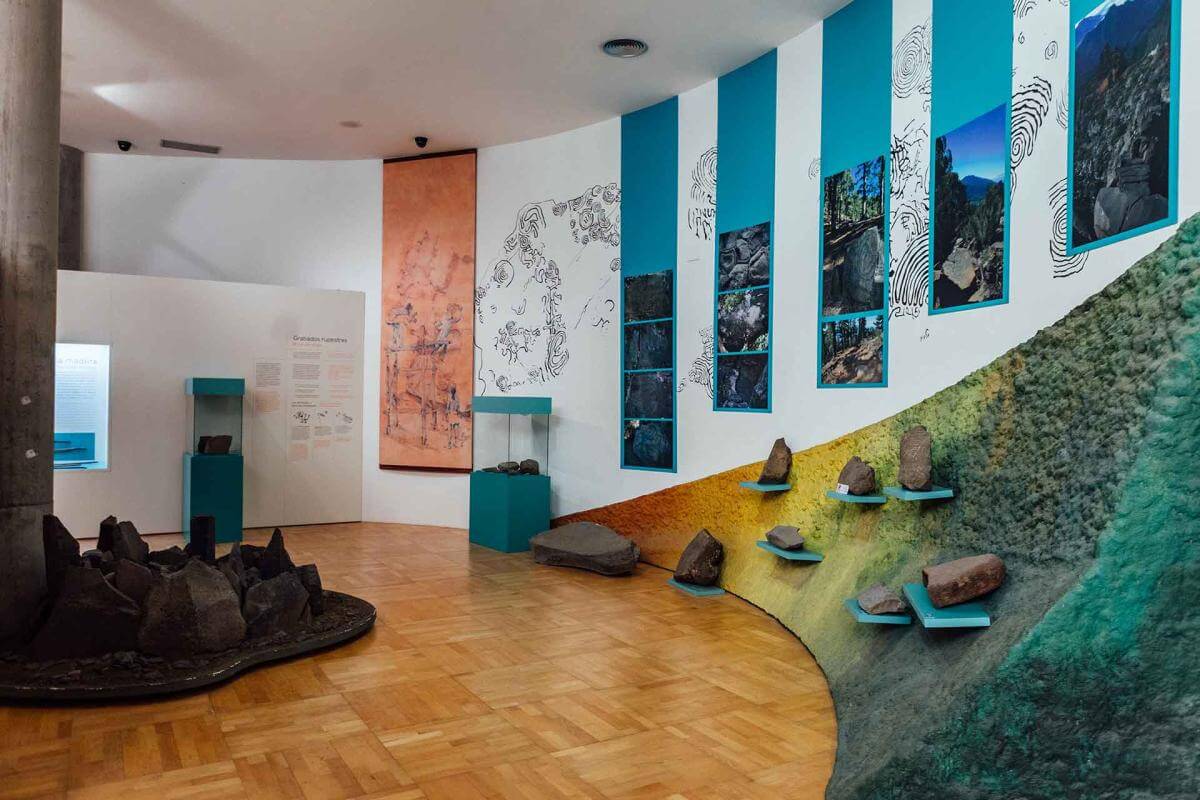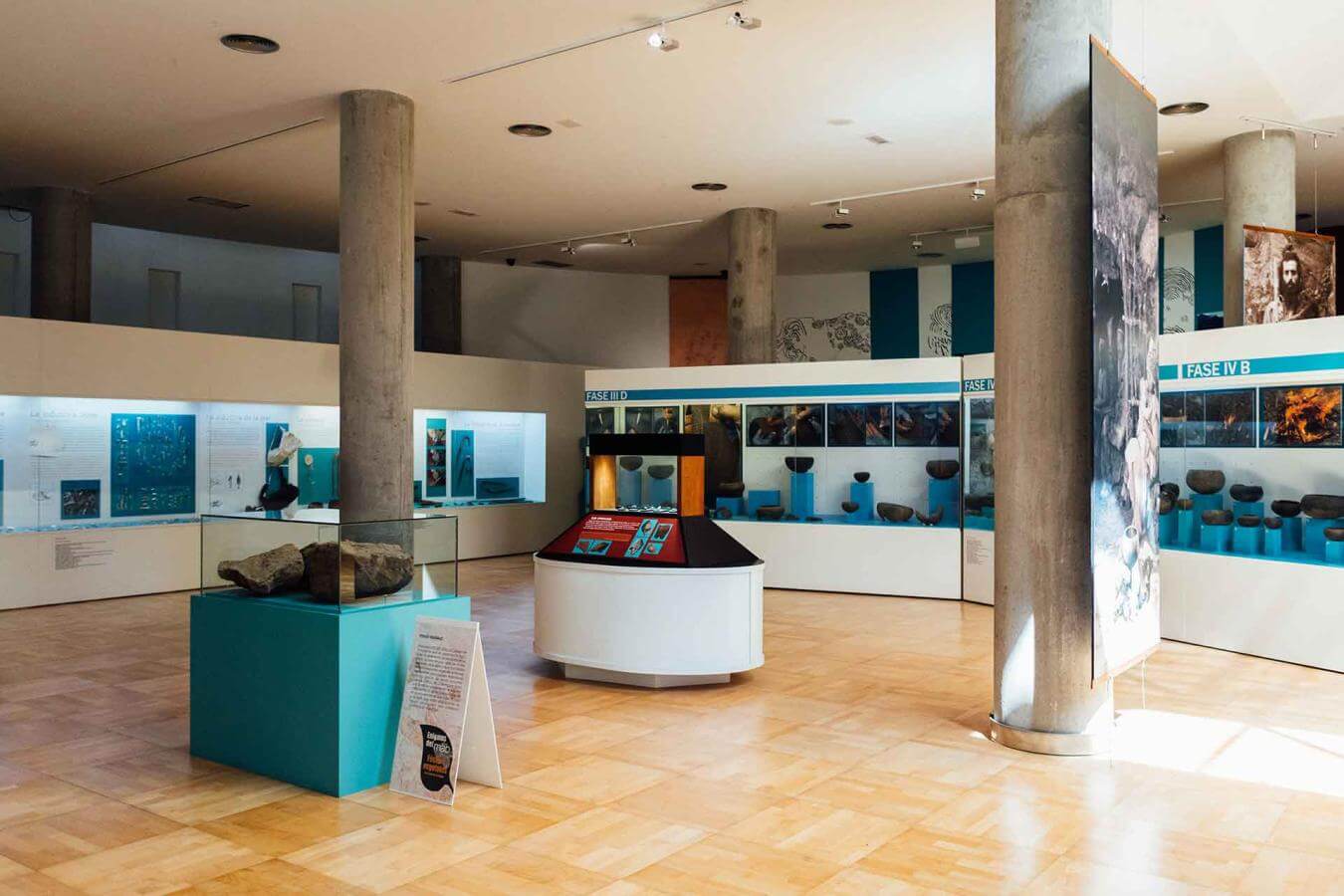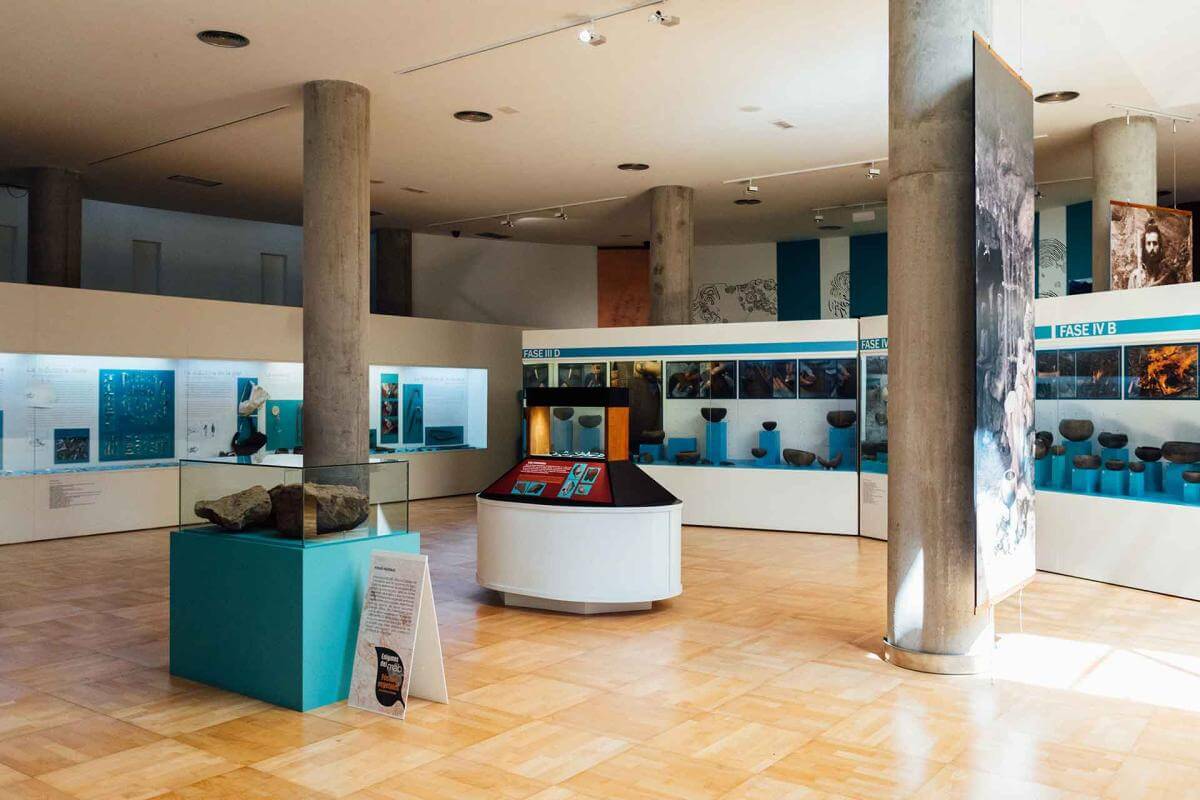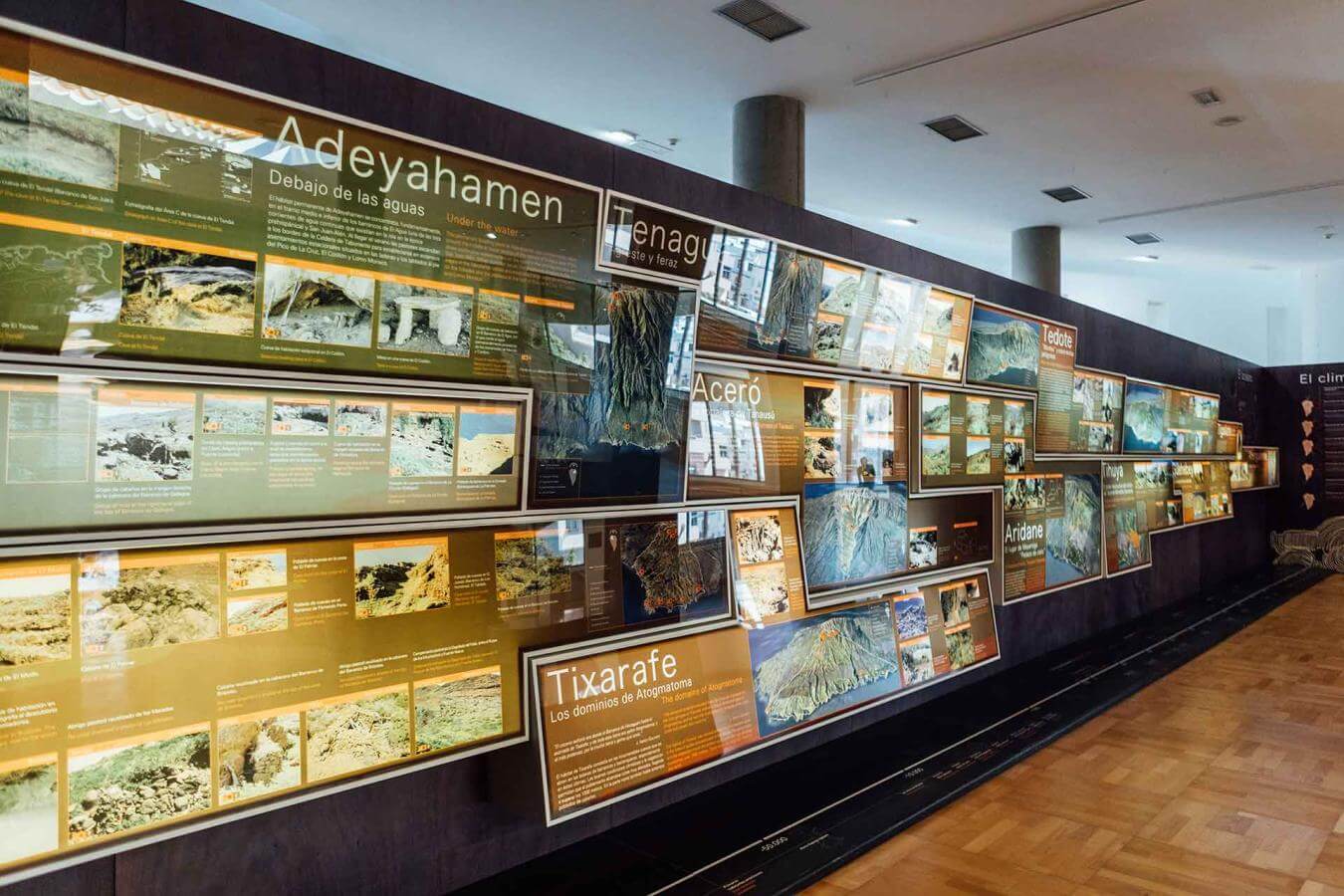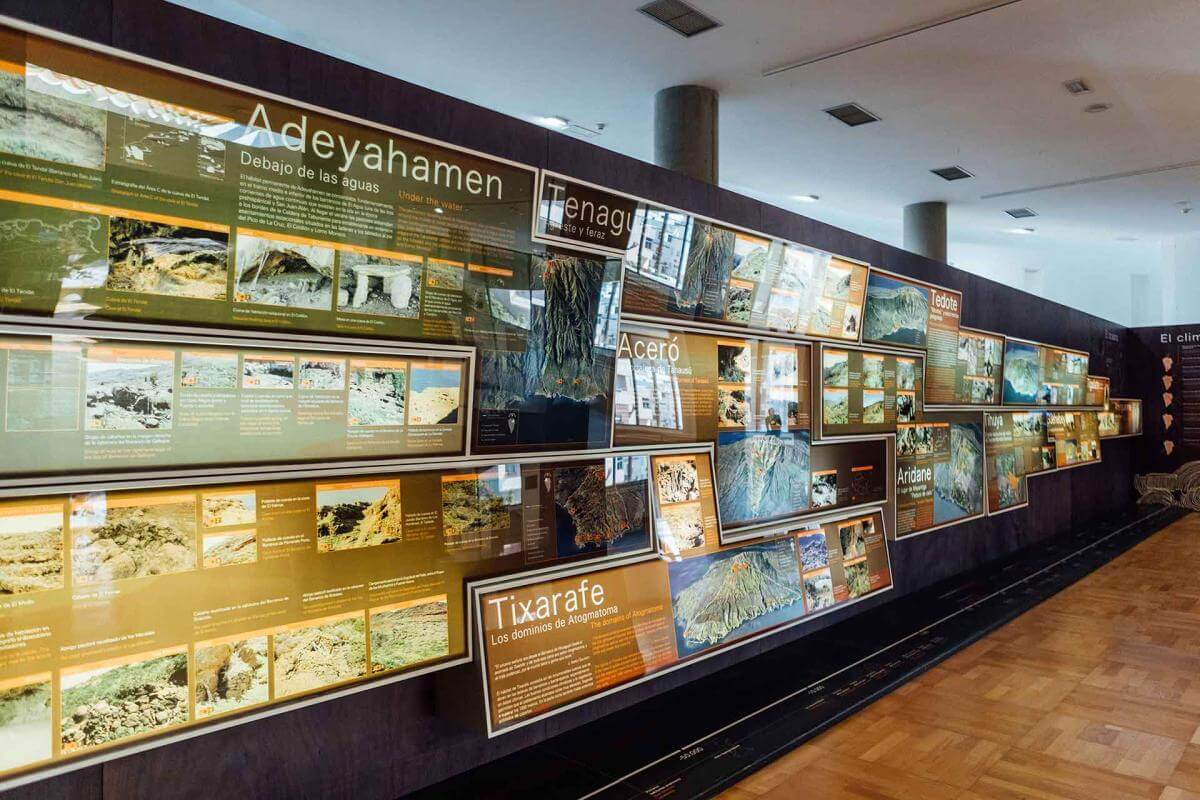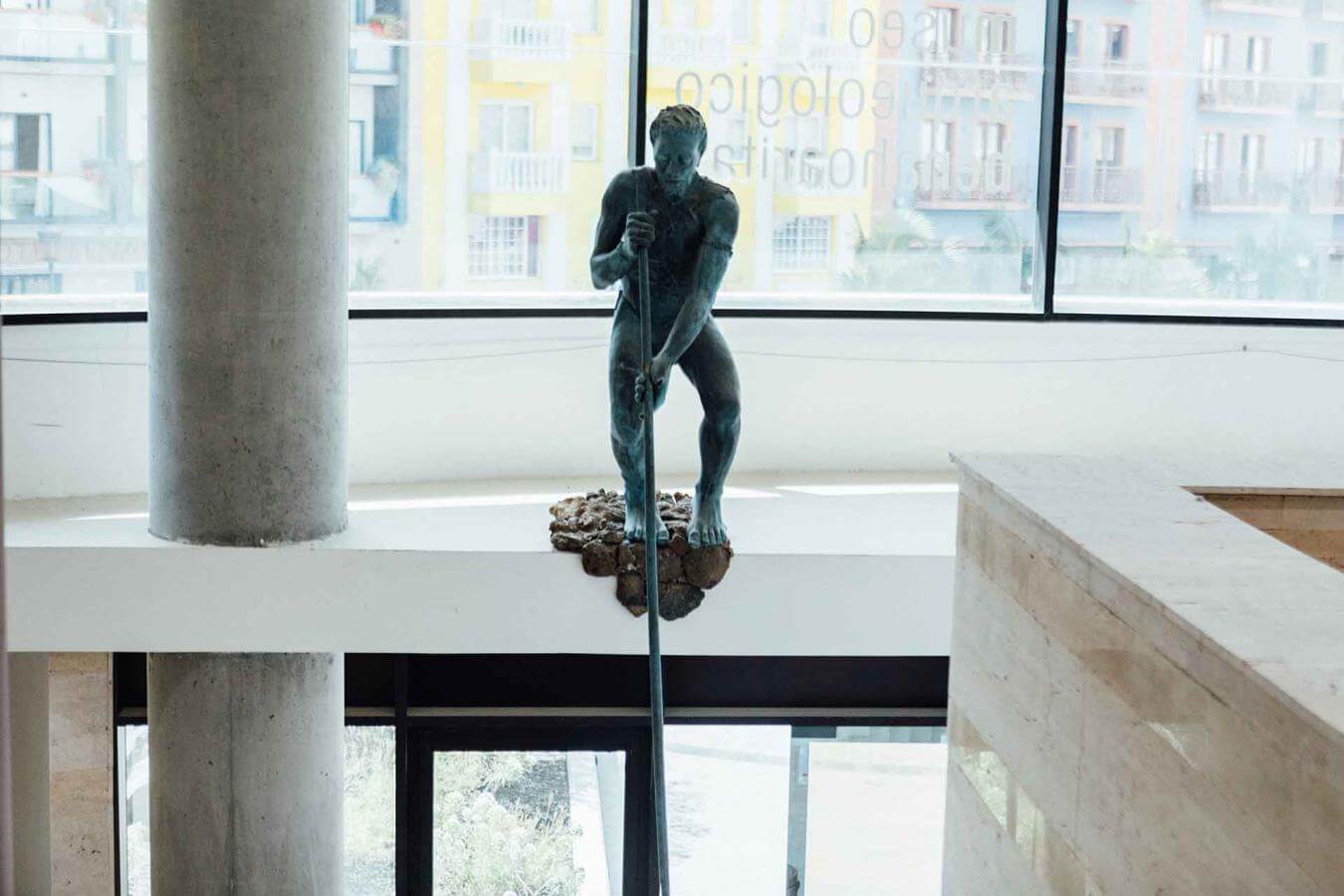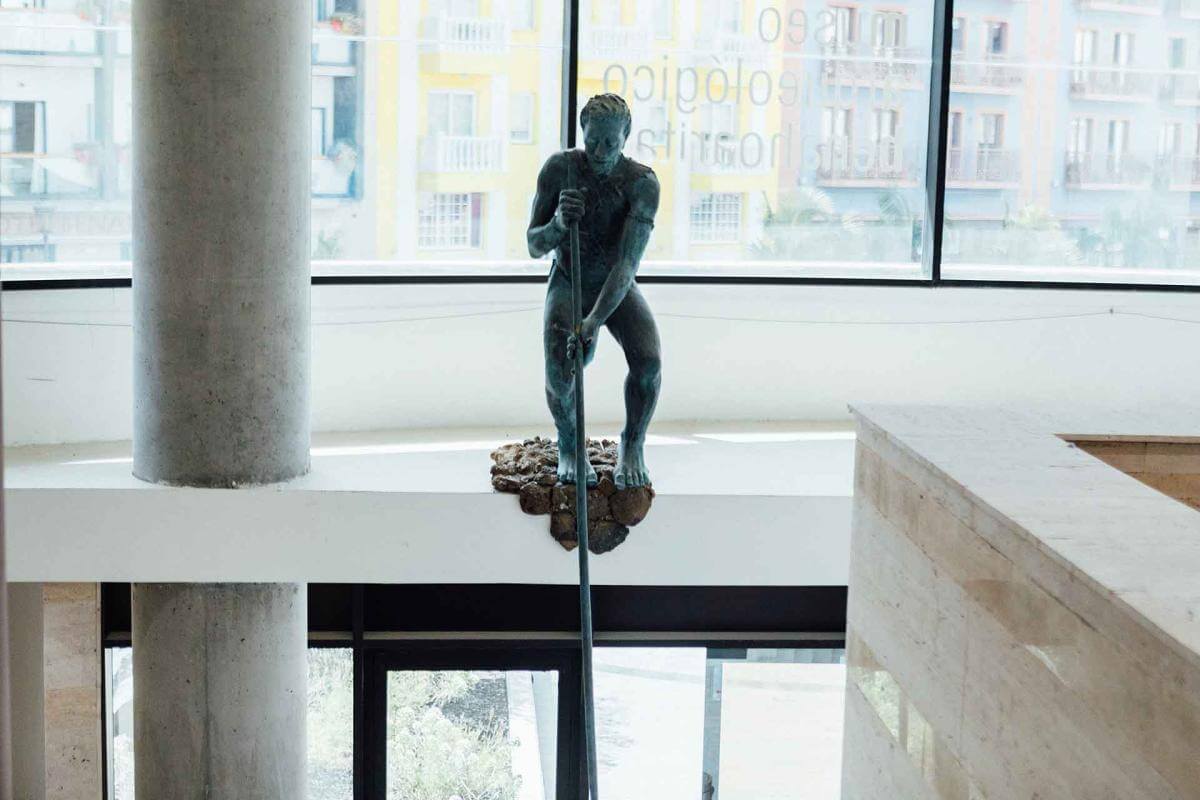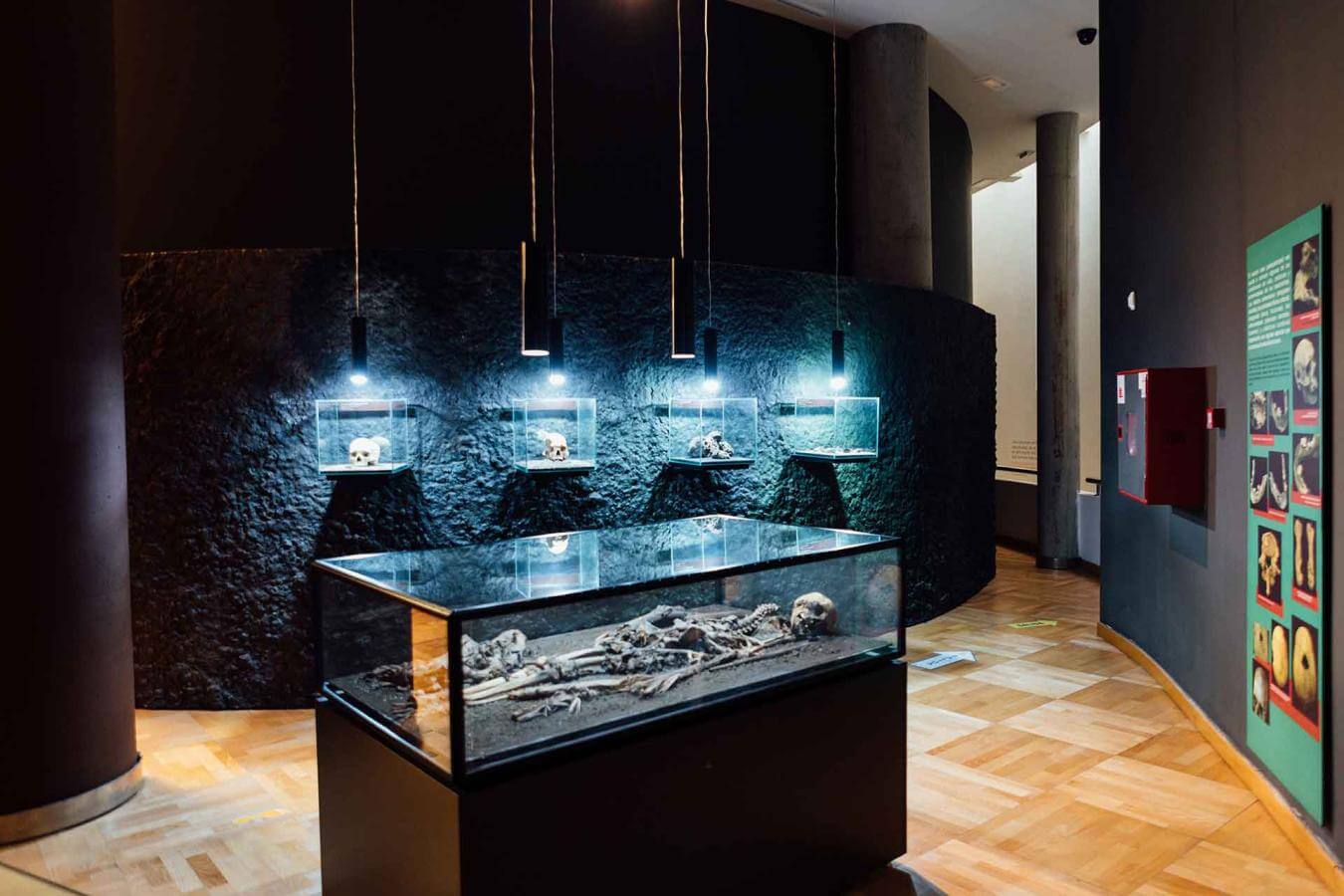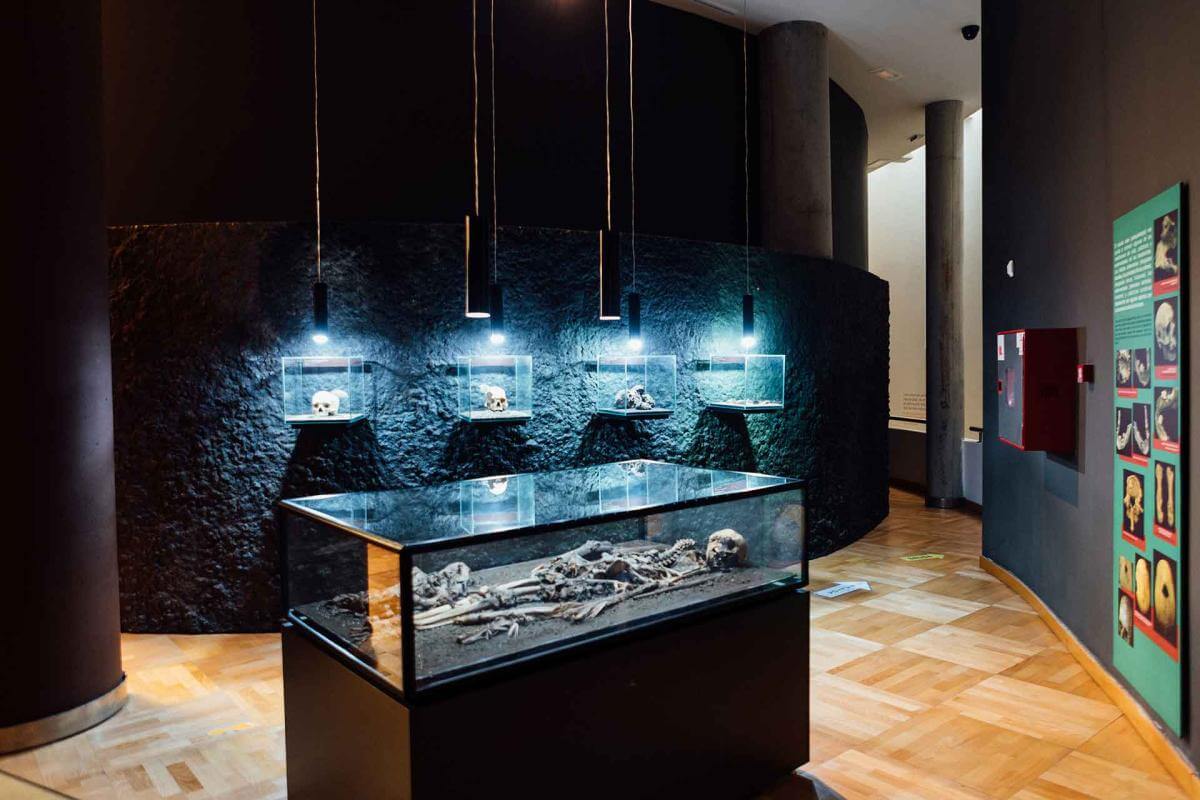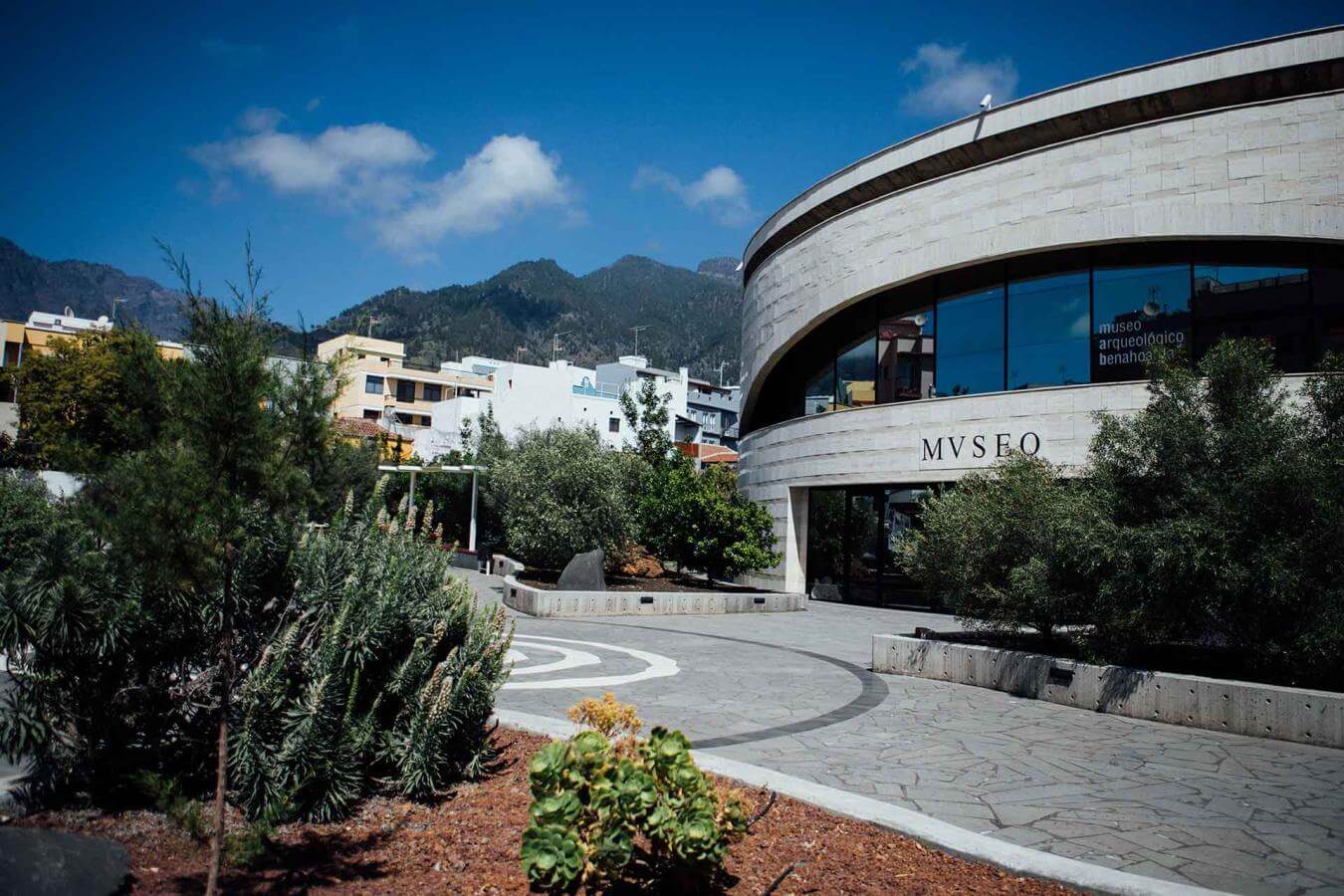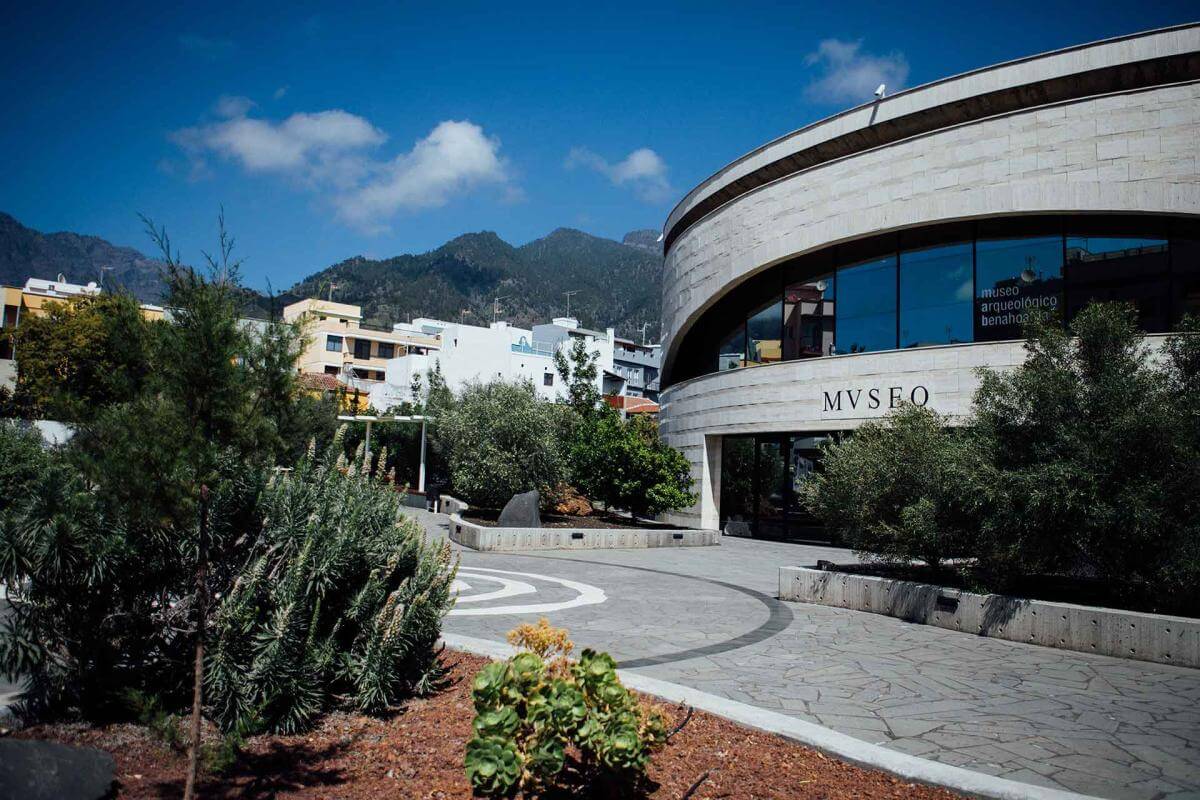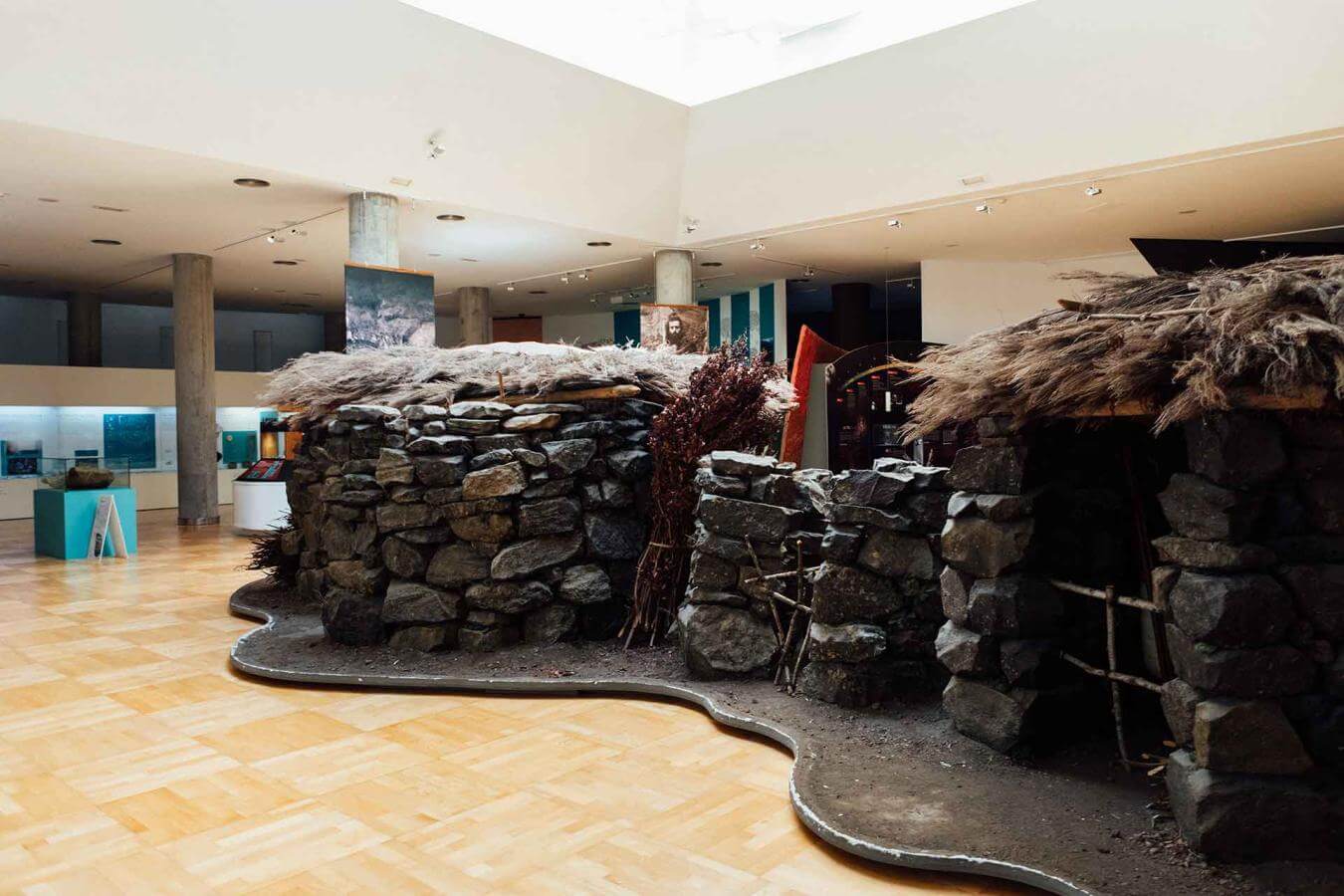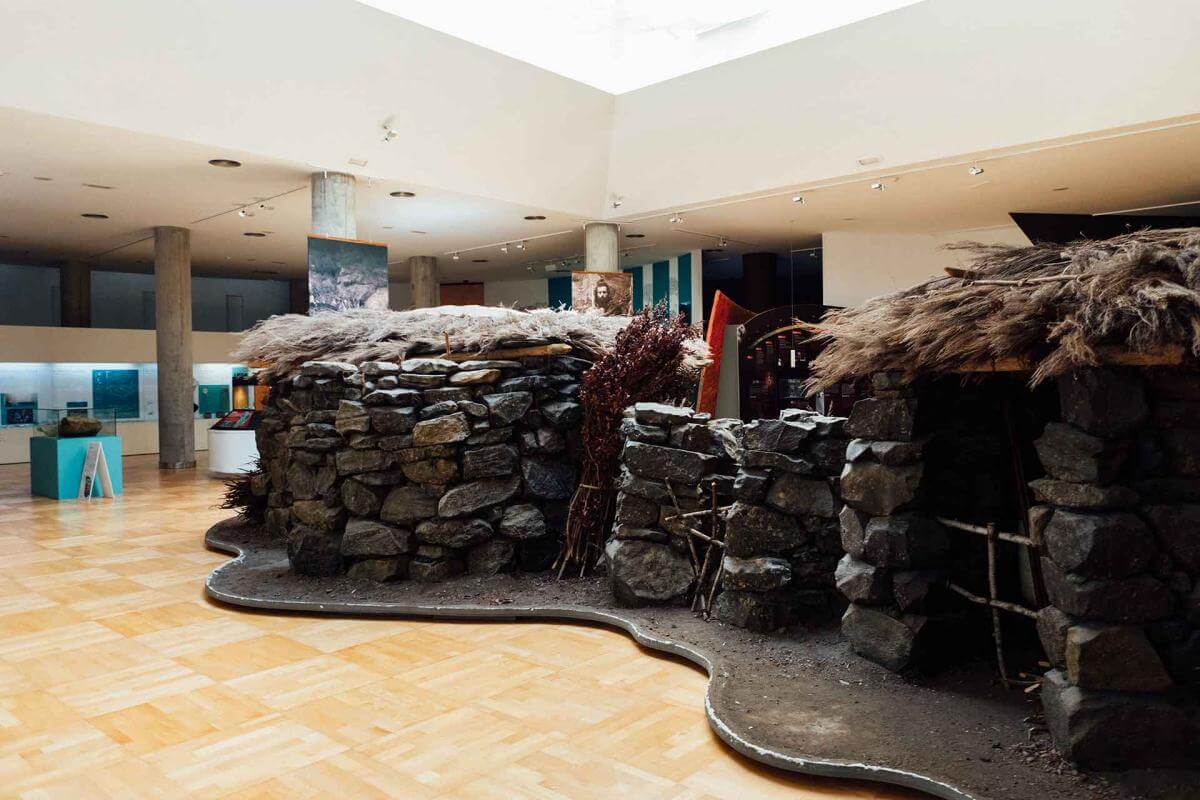Cave engravings, sites, museums, the legacy of the so-called Benahoaritas, the first inhabitants of La Palma, is still present on this island, the last to be conquered by the Crown of Castile in 1492.
Although La Palma was one of the first Canary Islands in the attempt at conquest, its orography and the bravery of its inhabitants, left it for last. A feat that is largely due to the Benahoarites, who lived completely camouflaged by nature. In fact, the heart of Isla Bonita, where the National Park of La Caldera de Taburiente is located, was called Aceró, which in the Benahoarita language means Strong Place.
This is a guide to follow the footprint of the Benahoaritas in their place of origin.
Get to Know Benahoarita Culture
The sites of La Fajana and El Verde, in El Paso, are two of the most important rock engraving stations on the island. So, the municipality has the "Benehauno" Petroglyph Interpretation Center. There you can admire the archaeological wealth of the Aridane Valley, which is very varied. It has extensive villages of caves and huts, as well as impressive vestiges of a magical-religious nature; almogarenes, sets of canals and cups or stone piles.
The center also has a hundred stations of rock engravings with geometric motifs, concentrated, essentially, on Pico de Benjenao, with outstanding examples also such as those of the Lomo de Tamarahoya and Lomo Gordo. From the center, guided routes are made to rock engraving stations, caving and Salto del Pastor workshops. This was a very widespread practice in the Benahoaritas to quickly descend the very high ravines of the island. It is currently a typical sport of La Palma.
n Villa de Mazo we find theArchaeological Center of the Cave of Belmaco which includes petroglyphs and vestiges of the Benahoarites. This site, discovered in the 18th century, was the first place in the Canary Islands where petroglyphs were found.
With ten natural caves in which rock engravings can be found, this archaeological site has been declared a Historic Artistic Monument. To get there, it is advisable to leave your car in the parking lot, and tour the different sites on foot.
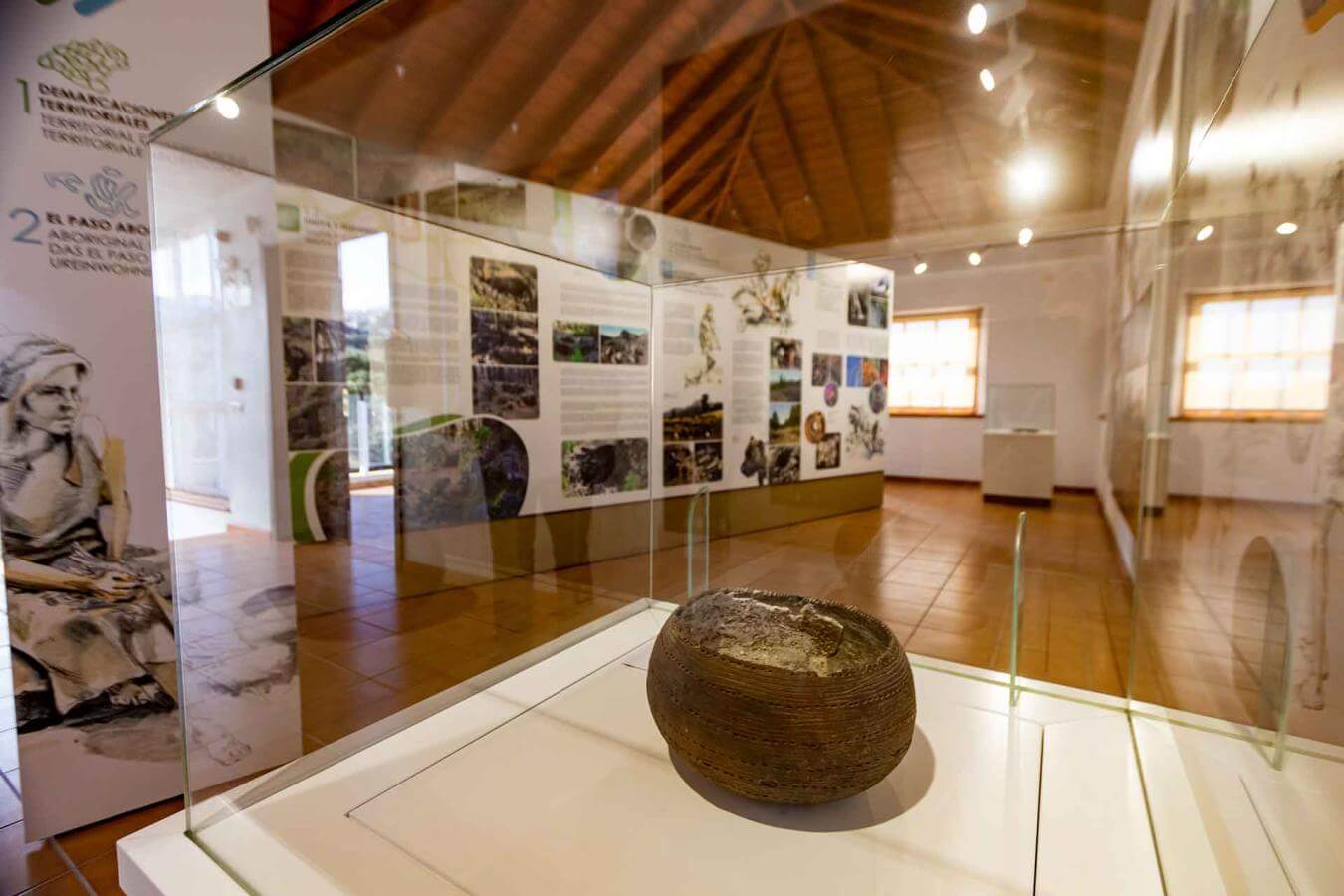

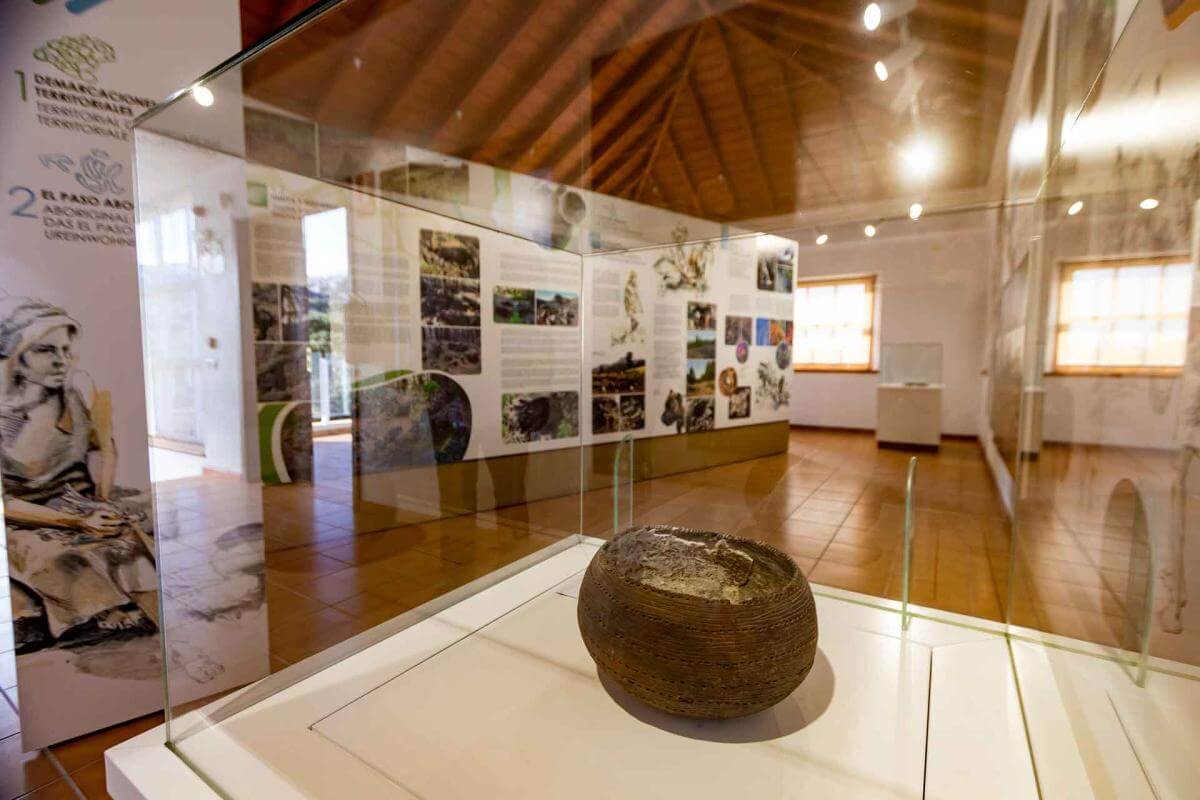
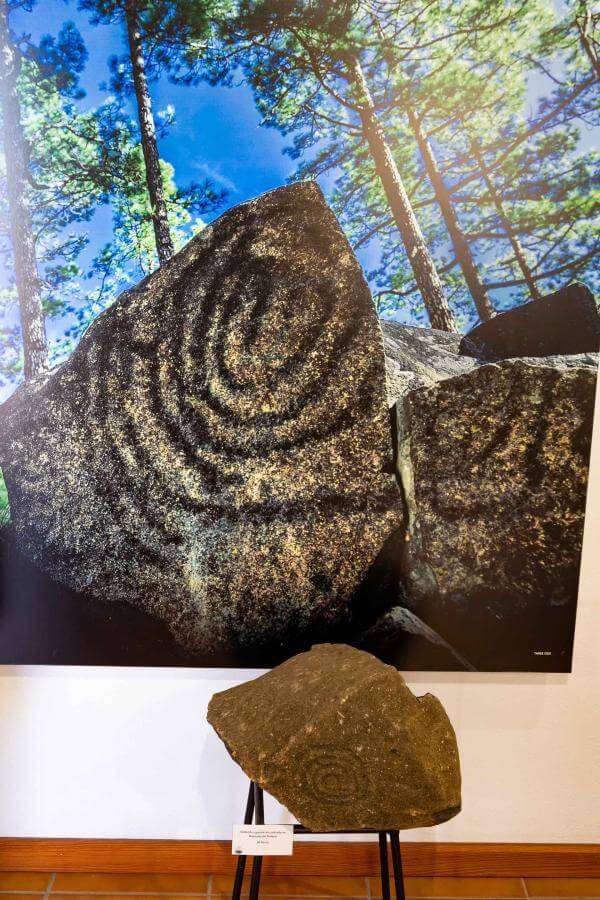

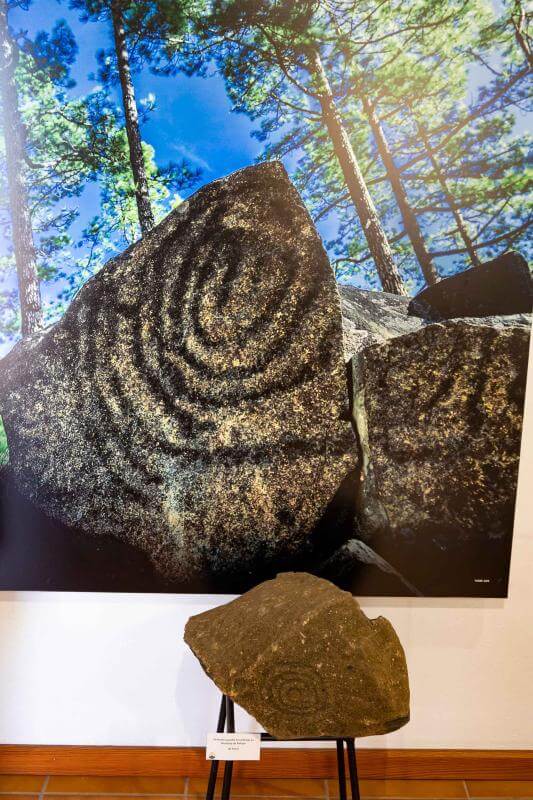
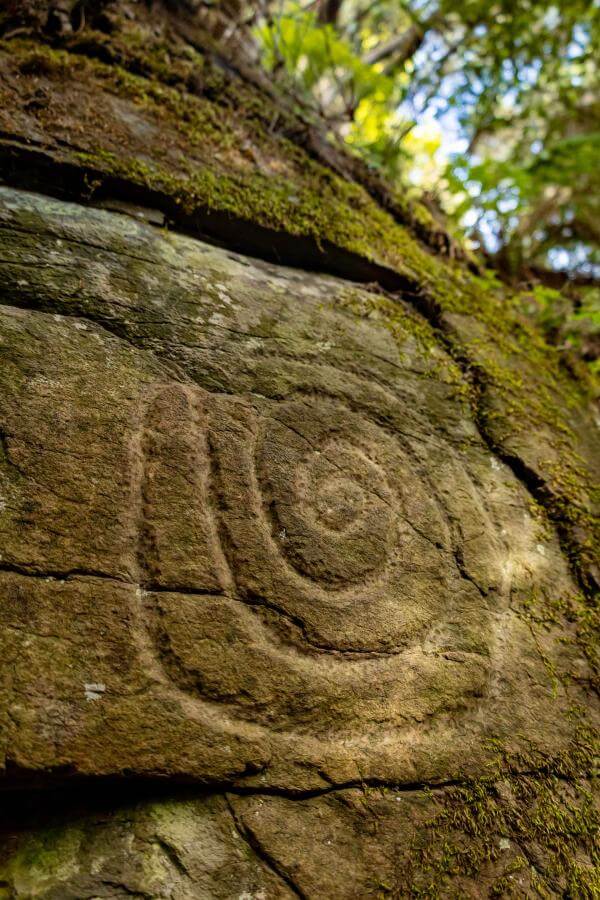

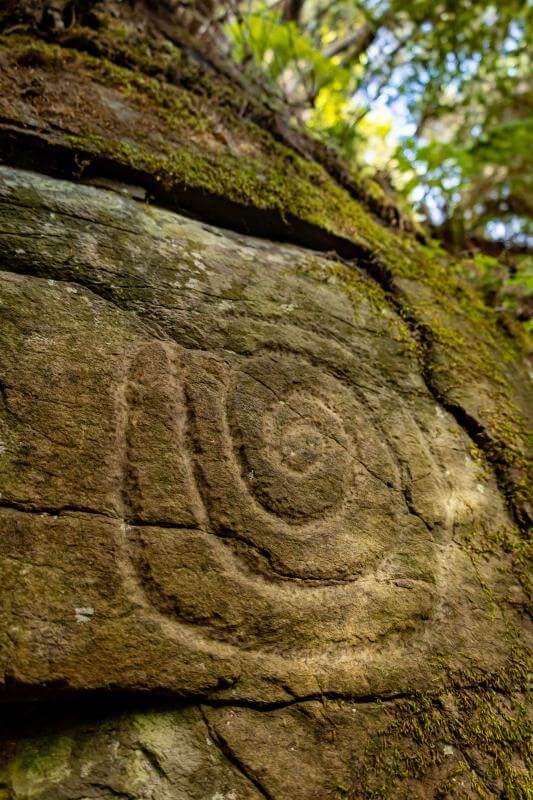
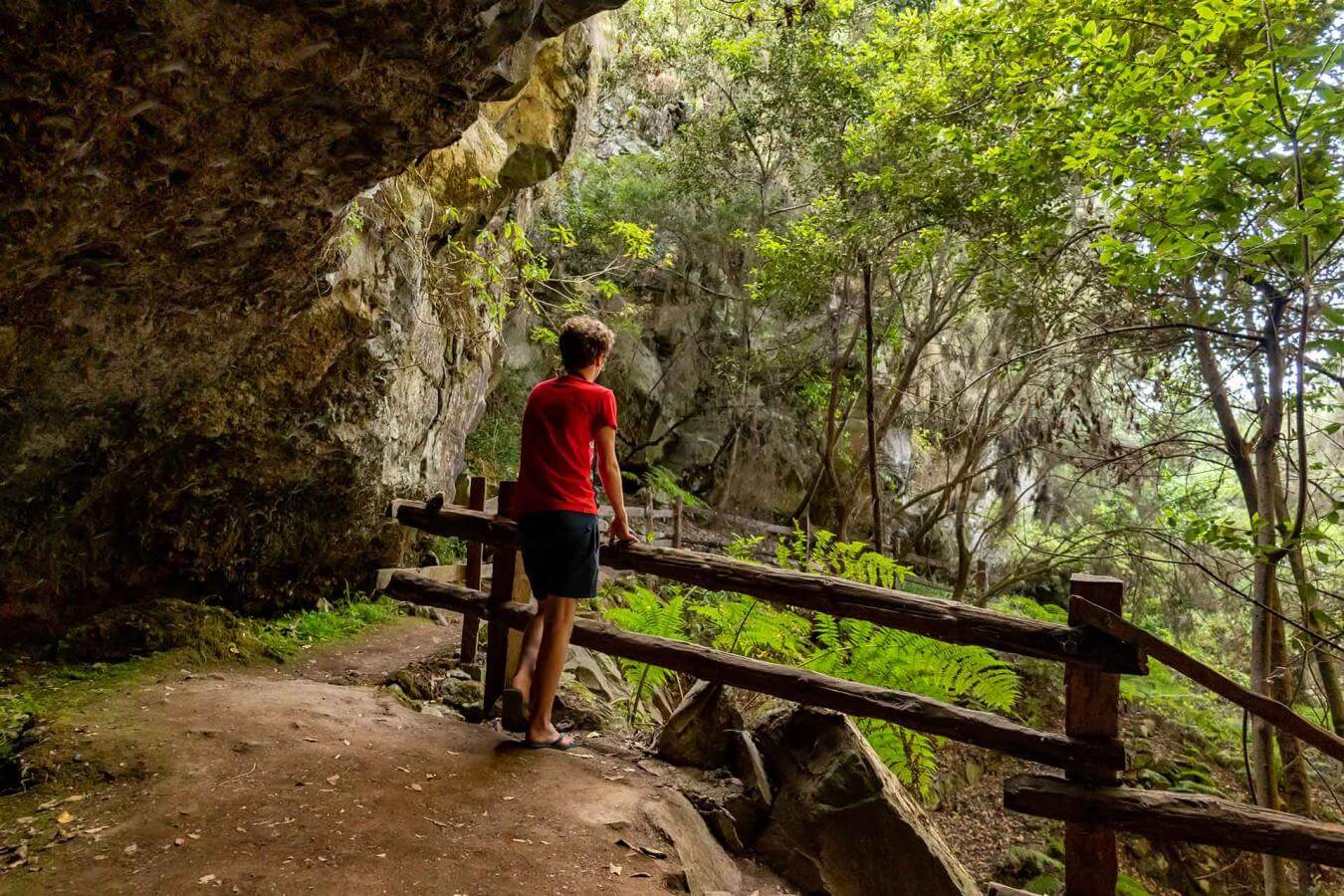

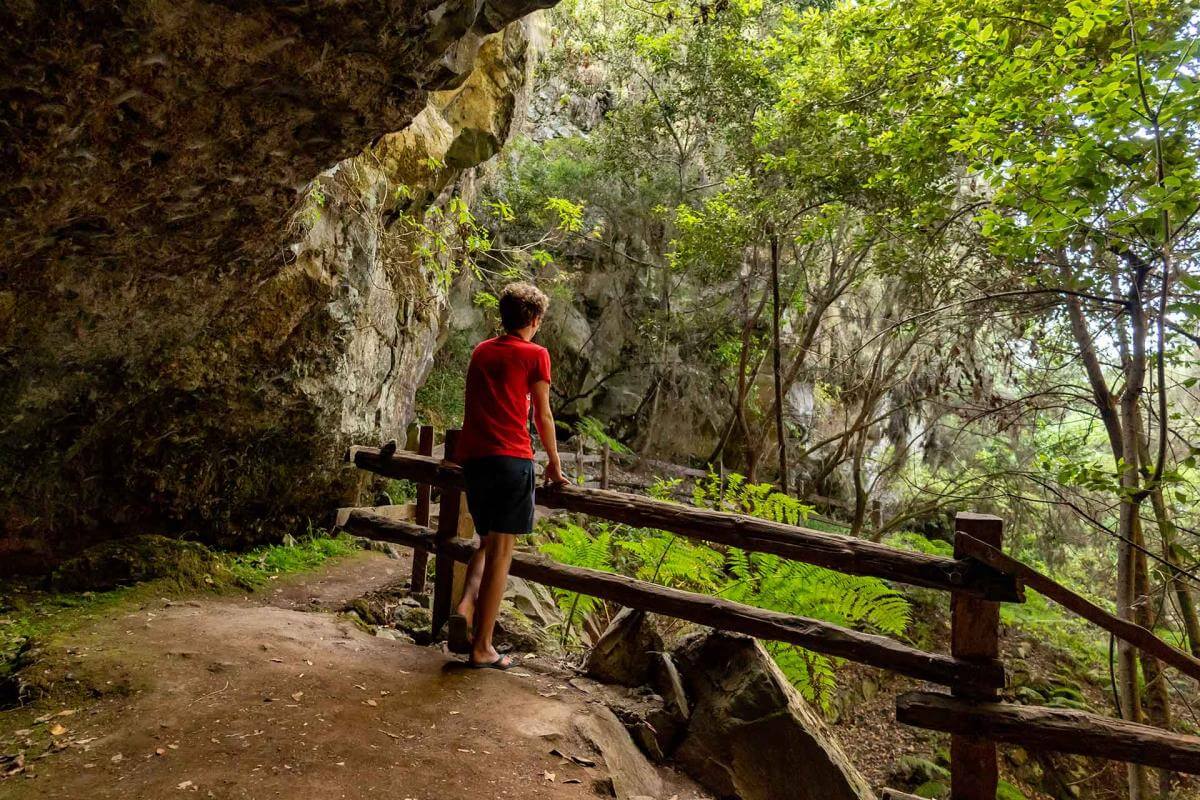
The Fertile Land of Garafia: La Zarza and La Zarcita Cultural Park
The rock manifestations located in the walls of the Barranco de La Zarza, in Garafía, in the place known as Caboco de La Zarza and in its tributary, the ravine of La Zarcita, are one of the best sets of rock art in La Palma, both for the amplitude of the engraved surface, and for the complexity and development of the motifs.
La Zarcita contains two panels formed by a spiral and another spiral with meanders oriented to the sunsets of the summer and winter solstices respectively. Meandriform motifs and a few spirals also predominate in this set. In total there are 20 panels, of which 15 are oriented toward the sunrise of the summer solstice and 5 to the sunrise of the winter solstice.
A little further down, on the left bank of the Barranco de La Zarza, there are two other stations known as the Llano de La Zarza, with a meandering oriented at the dawn of the winter solstice.
The visit to the center Parque Cultural La Zarza can be combined with one of the most beautiful walking routes on the island: the PR LP 9.2, which will take you to the Caldera del Agua, also known as the Sistine Chapel of nature.
Living Like the Aborigines of La Palma: The Benahoarita Museum
Of interest to visitors and scientists, the Benahoarita Museum has an extensive collection of archaeological remains found in perfectly catalogued sites of La Palma. In addition, it houses a fixed exhibition on Benahoarites, inhabitants of the island before their conquest and its incorporation into the Crown of Castile. Their habitat, their homes, their industries and their culture are collected in elements and articles that represent them. It has representations of these in the form of life-size sculptures and can be visited from Monday to Saturday.
The aboriginal world of La Palma is highly present in the lives of the inhabitants of Isla Bonita, which honors their ancestors in sports activities such as Canarian wrestling or the jump of the shepherd, as well as in popular celebrations with gastronomy inherited from the Benahoaritas such as gofio and works of art that pay tribute to them, like the mural dedicated to Tanausu in the House of Culture Braulio Martín of El Paso.
After visiting the Museum, you can continue strolling through the Llanos de Aridane and feel its cosmopolitan spirit, as well as admiring its historic center and its Museum on the street.
Finally, in the town of San Andrés y Sauces, there is the Tendal Visitor Center. The Benahoaritas, former inhabitants of the island of La Palma, are the focus of study of this complex that explains the customs, beliefs and origin of the Benahoaritas. The biggest attraction of the park, however, is the enormous El Tendal cave, whose 60m and 16 cavities house relics, seeds and everyday objects of the Benahoarites.



